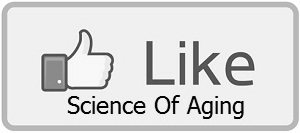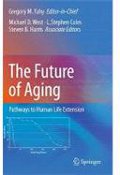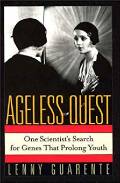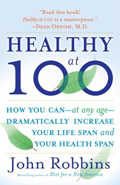Does Donating Blood Extend Lifespan?
Donating blood is thought to help reduce concentrations of harmful metals and minerals which accumulate over time. The periodic loss of blood is also thought to partly explain the gender gap in lifespan, since women lose blood menstruating every month, and experience a higher life expectancy.

Donating Blood Reduces Risk of Type II Diabetes
Several studies support that donating blood reduces stores of iron, and therefore increases insulin senstivity and reduces the risk of type II diabetes.1-3 One study in particular found that those who donated blood 2-10 times in the past 5 years had lower iron stores and better glucose sensitivity. This was true even though they had similar blood hematocrits and blood hemoglobin concentrations as non-donors. The exact reason why low blood stores increase glucose sensitivity is not known, and it may simply be a correlation effect. More research needs to be done to find the connection.
Giving Blood Reduces Risk of Cancer
Giving blood is thought to reduce iron stores in the body, and for a temporary time, iron in the blood. Iron is often thought to increase free-radical damage in the body and is therefore linked to increased risk of cancer and aging.4-6 A study set across 4.5 years followed 1200 people split into 2 groups. One group reduced their iron stores by phlebotomy (blood letting/donation) twice a year and the control group made no changes. Over the 4.5 years the low-iron phlebotomy group had lower iron levels, and a significantly lower risk of cancer and even mortality, suggestion that donating blood twice a year could reduce cancer risk. This finding, however, is still a correlation and requires further investigation.How much Blood is in the Human Body?
The human body contains about 5 Liters (10 pints / 5 quarts) of blood for an "average adult".7Comments
References
References




